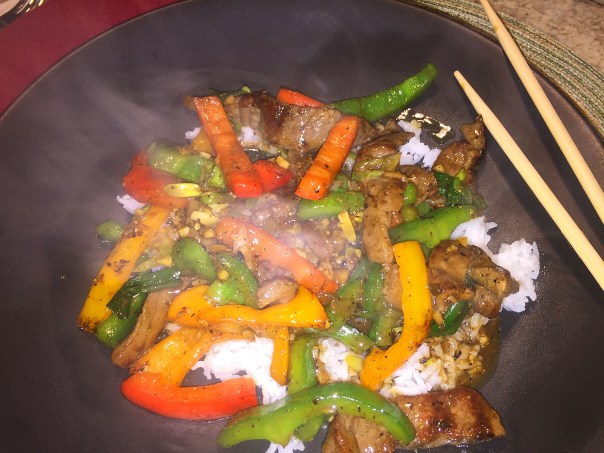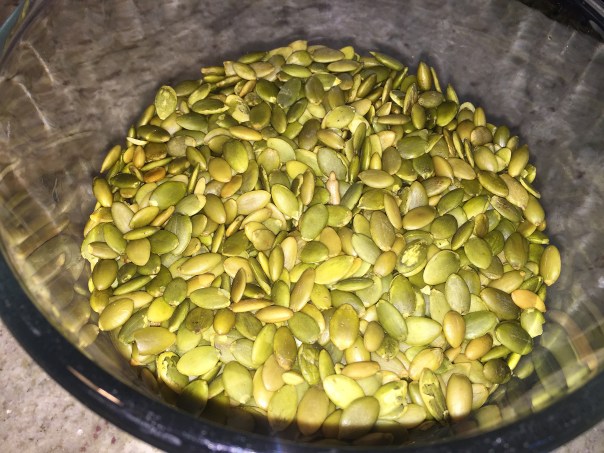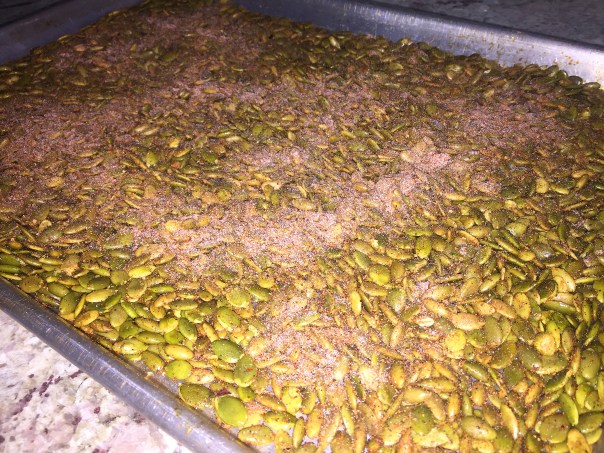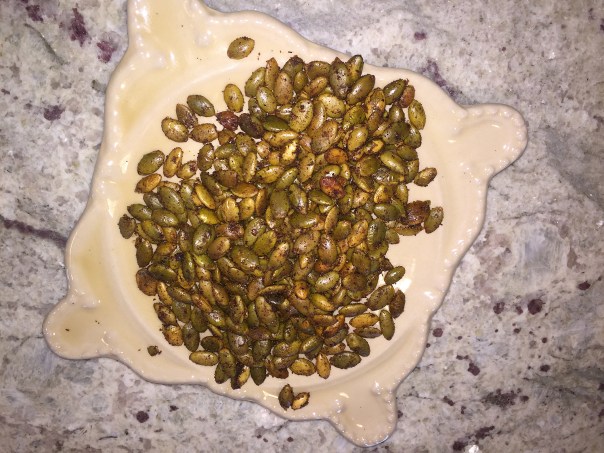You may have read the Easter Sunday Stuffed Lamb dinner I just blogged about. One of our sides was this fabulous Potato and Caramelized Onion Gratin. It can be made a day ahead of time and reheated in a 350 degree oven for 20-30 minutes, which is exactly what we did, thus saving precious time on meal day.
Caramelized onions add a wonderful touch of sweetness to a classic potato gratin. And, oh the aroma as it cooks in the oven, be prepared to swoon! Though Comté, a nutty and complex French cheese made in the Jura Mountains, is worth seeking out, Gruyère from neighboring Switzerland makes a good substitute. Luckily we had no difficulty in obtaining the Comté at our local supermarket.
If you have a mandoline, it makes quick work out of slicing perfectly thin and even potato slices, eliminating some of the sweat-equity out of the process. If you don’t own one, consider buying one, you won’t regret it. In the meantime, I hope your knife skills are honed…
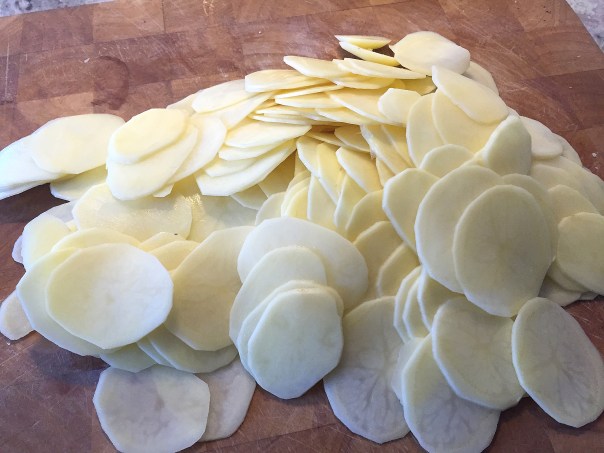
A mandoline makes perfectly thin, even potato slices.
Ingredients
- 2 Tbs. unsalted butter
- 1 Tbs. extra-virgin olive oil
- 1 lb. yellow onions, thinly sliced (about 3-1/2 cups)
- Kosher salt and freshly ground black pepper
- 2 lb. Yukon Gold potatoes (about 5 large)
- 1-1/2 tsp. chopped fresh thyme
- 4 oz. grated Comté cheese (about 1-1/2 cups)
- 2 cups whole milk
- Pinch freshly grated nutmeg

Raw onion slices will caramelize in about 45 minutes in oil and butter.

About halfway into sweating the onions, they start to caramelize.
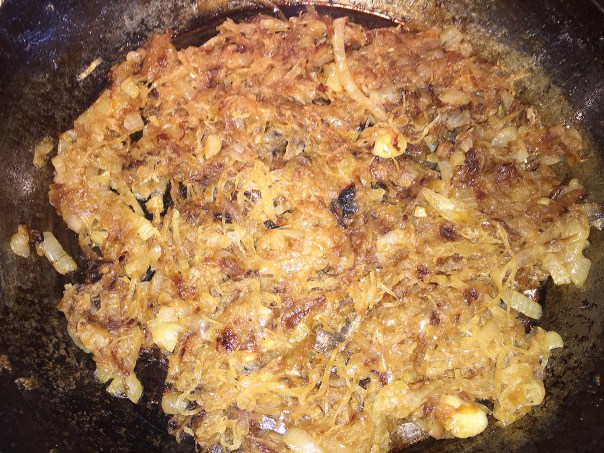
The onions are ready when they attain this golden brown color.
Directions
- Position a rack in the center of the oven and heat the oven to 350°F.
- Heat 1 Tbs. of the butter and the olive oil in a 10-inch skillet over medium heat. Add the onions and cook without stirring until beginning to brown, 5 to 7 minutes. Sprinkle with 1/4 tsp. salt and 1/4 tsp. pepper.
- Reduce the heat to low and continue to cook, stirring and scraping the bottom of the pan frequently with a wooden spoon and spreading the onions evenly over the bottom of the skillet, until golden brown, 30 to 40 minutes. Add 1 Tbs. water at a time if the onions begin to stick to the skillet. Set aside to cool.
- Peel the potatoes. Using a mandoline or sharp knife, slice the potatoes into thin rounds (about 1/16 inch thick). Spread about one-third of the potatoes in the bottom of a 3-quart baking dish. Sprinkle with salt, pepper, and half of the thyme.
- Scatter half of the caramelized onions evenly over the potatoes, and top with one-third of the cheese. Make a second layer with half of the remaining potatoes. Sprinkle with salt and pepper, and top with the remaining thyme and onions. Top with one-third of the cheese. Top with a third and final layer of potatoes.
- In a 2-quart saucepan, bring the milk to a simmer. Stir in the nutmeg, and then pour the hot milk evenly over the potatoes. Top with the remaining cheese. Cut the remaining 1 Tbs. butter into small pieces and scatter on top.
- Bake until the potatoes are tender when pierced with a paring knife and the top is golden brown, 1 hour to 1-1/4 hours. Cover loosely with foil if the top begins to darken too quickly. Let the gratin cool for 10 to 15 minutes before serving.
Make Ahead Tips
You can make this up to one day in advance. Once cool, cover and refrigerate. Let come to room temperature for about an hour before reheating in a 350°F oven, covered loosely with foil until warmed through, about 20 minutes.
Recipe by Molly Stevens
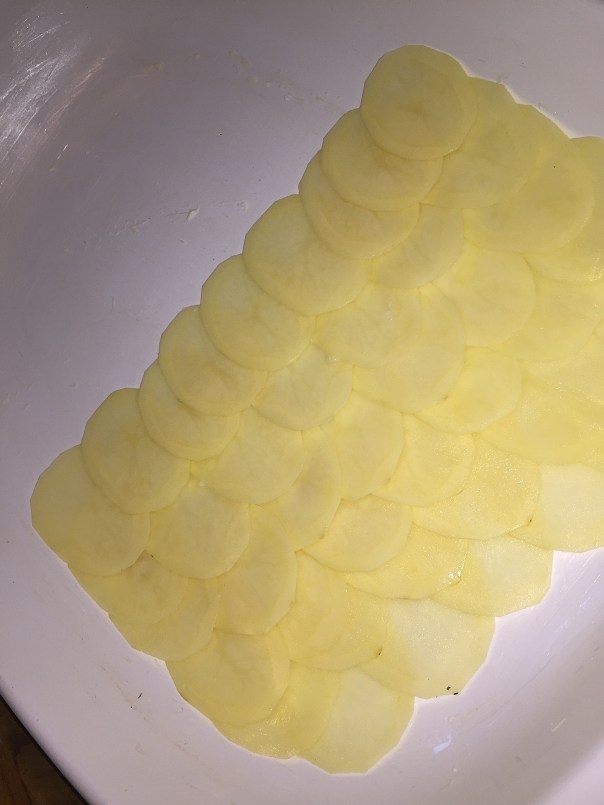
Start placing the potatoes in rows overlapping one another.

After the first layer of potato and onions are down, start sprinkling on one third of the cheese.

The final layer of potatoes are placed before pouring the warm milk and nutmeg.

Topping with cheese and butter are the last step before the oven.

After an hour and 20 minutes in the oven, it doesn’t come out any prettier than this!










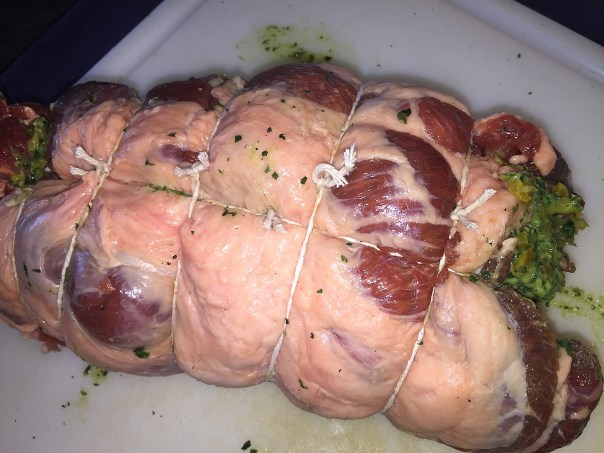

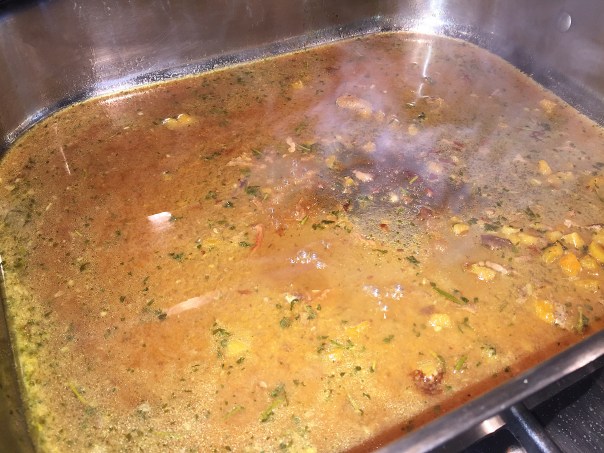
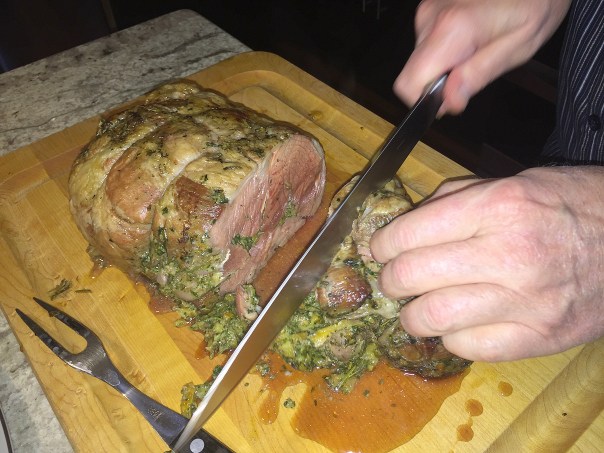
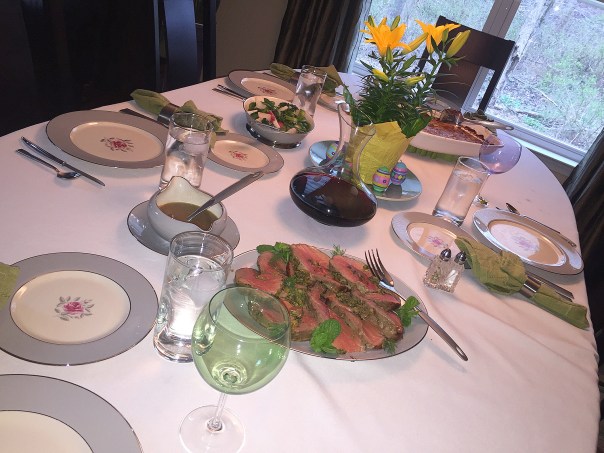
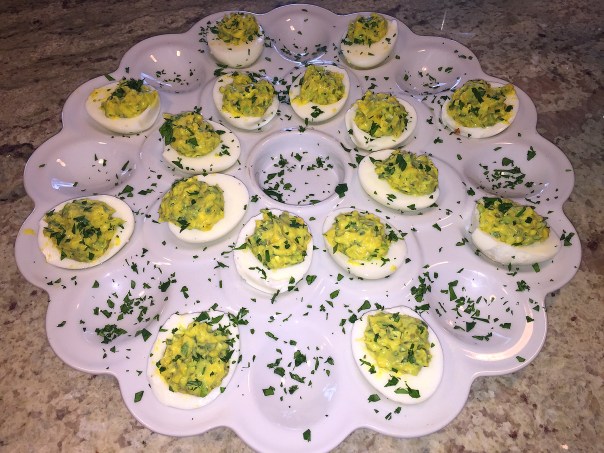

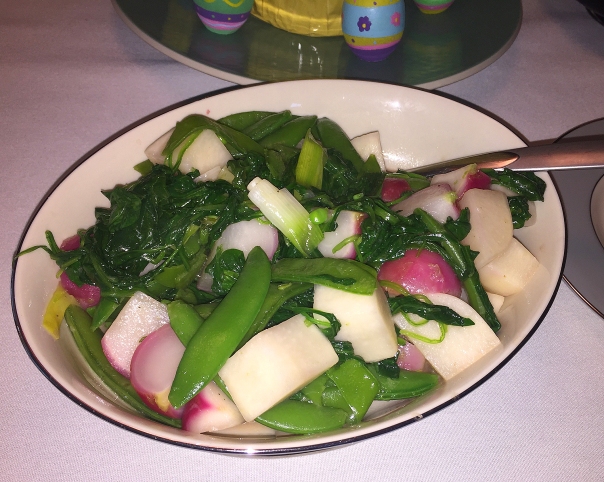





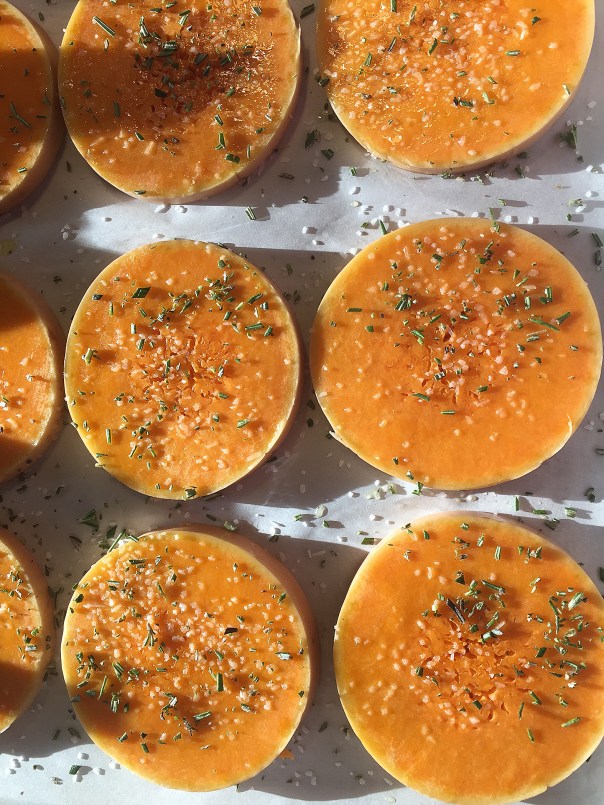

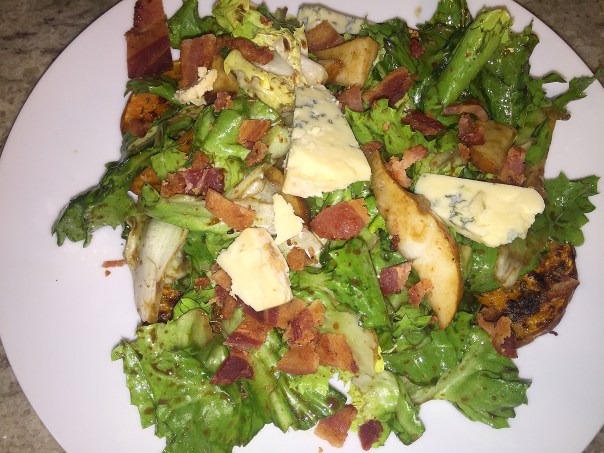

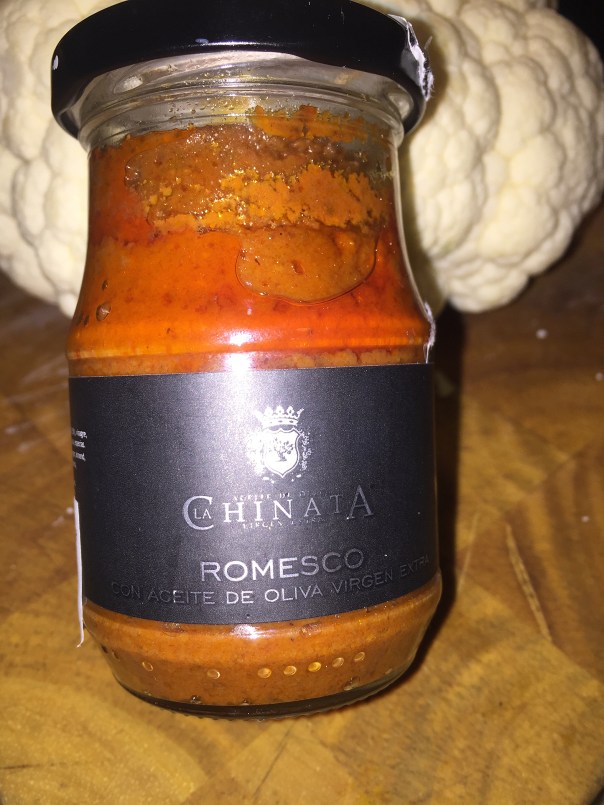

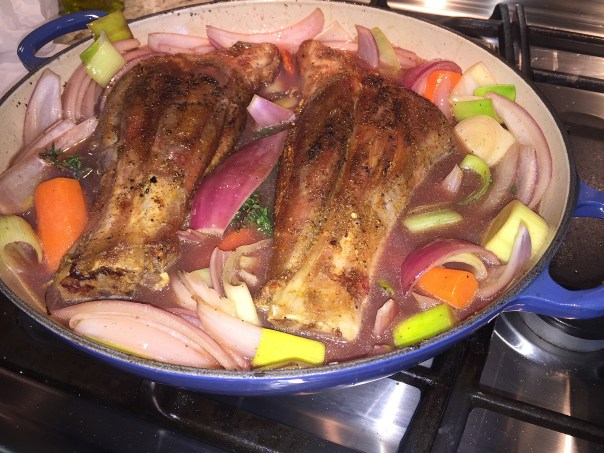


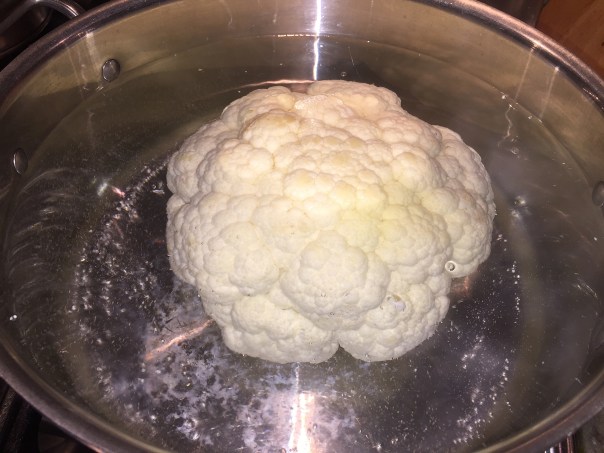
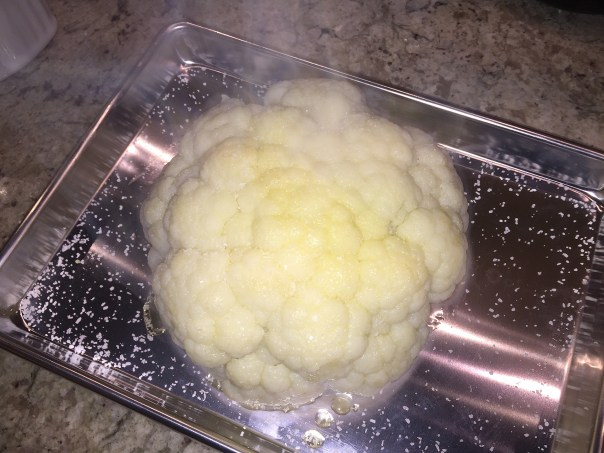
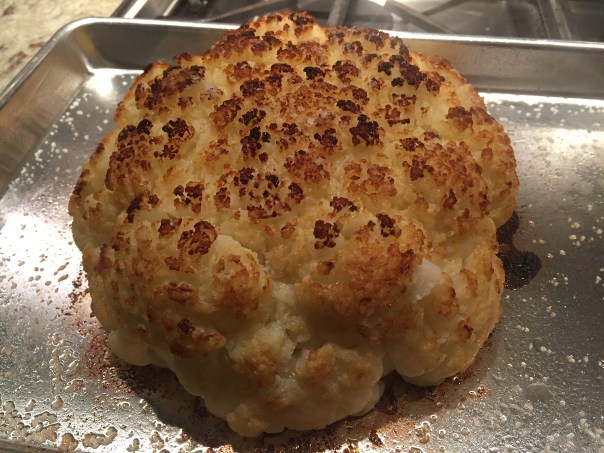


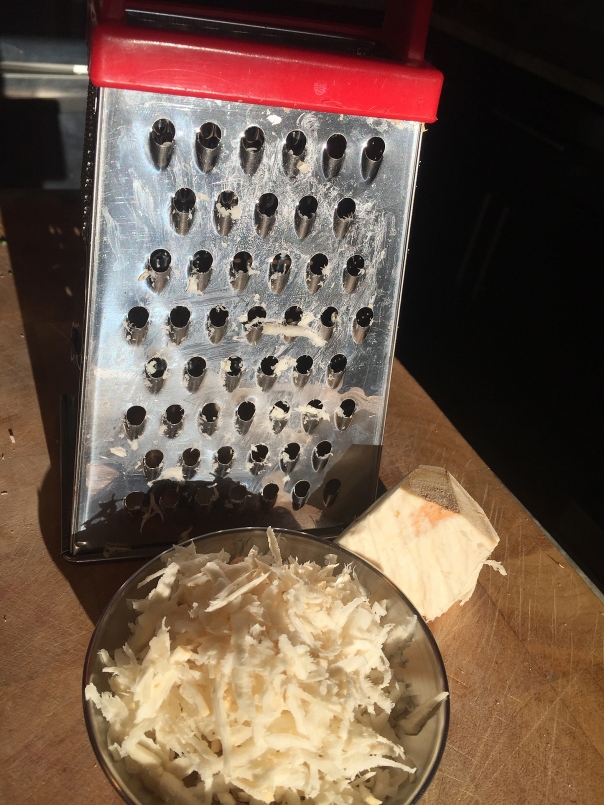






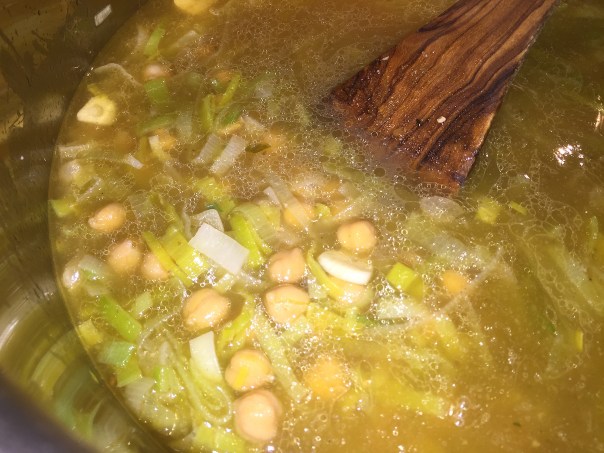


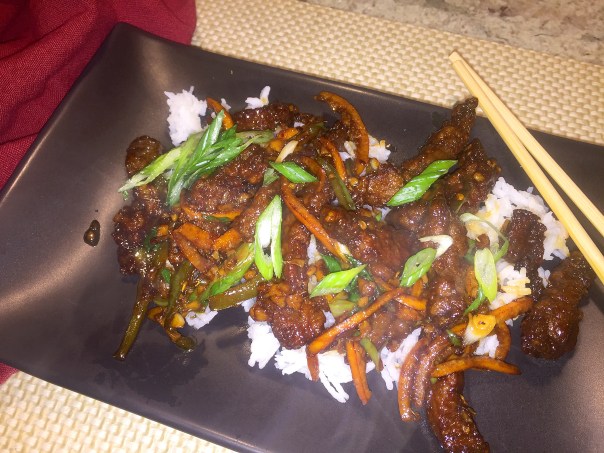


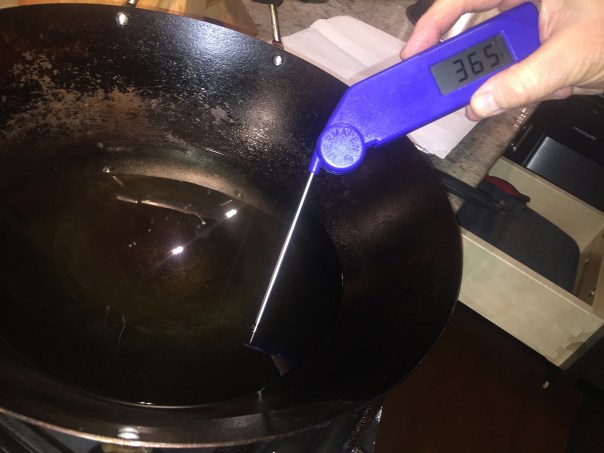


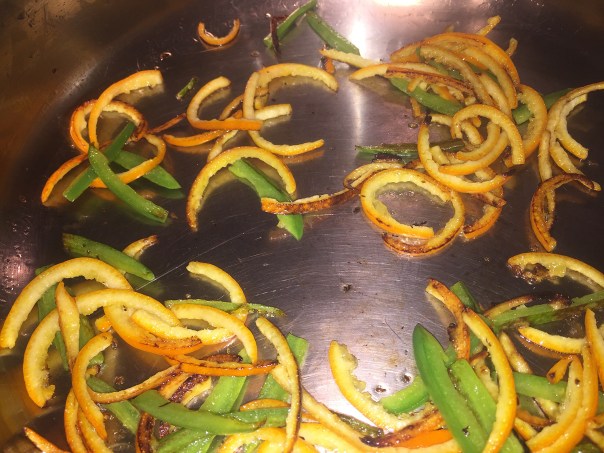






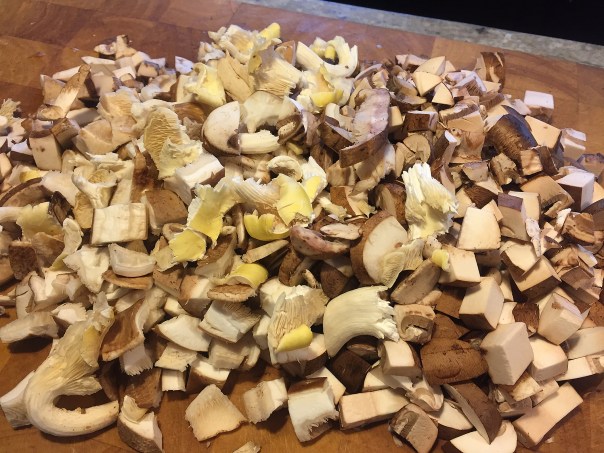
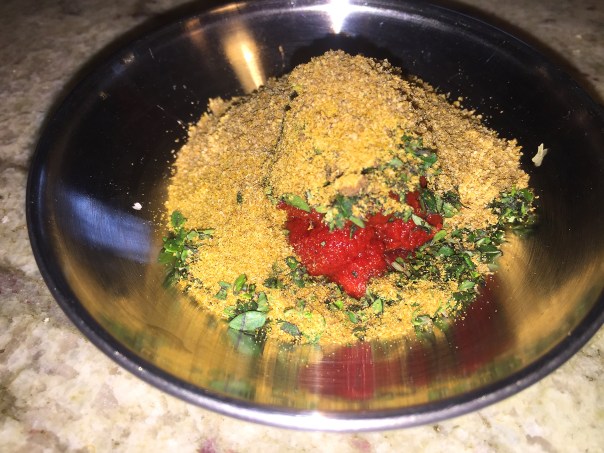




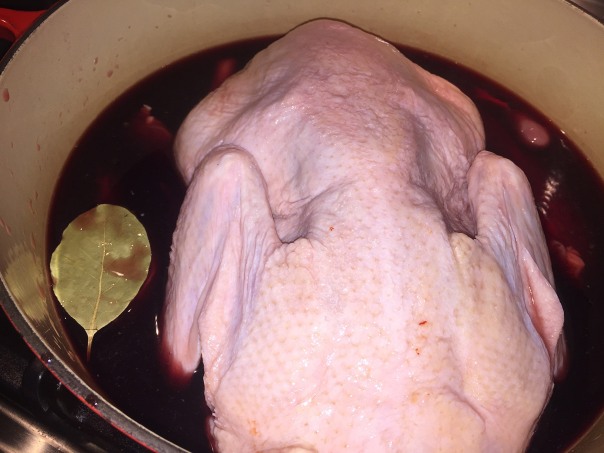










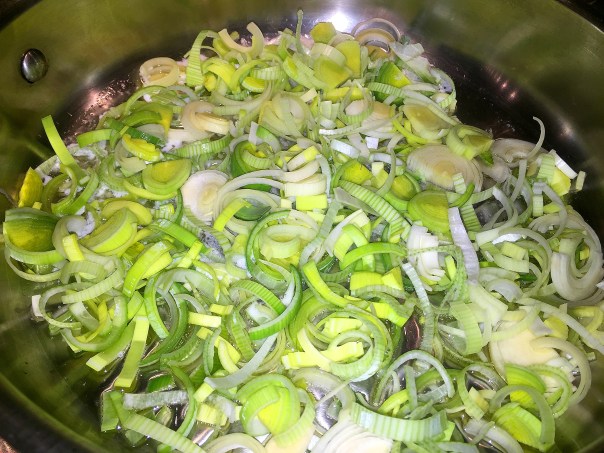



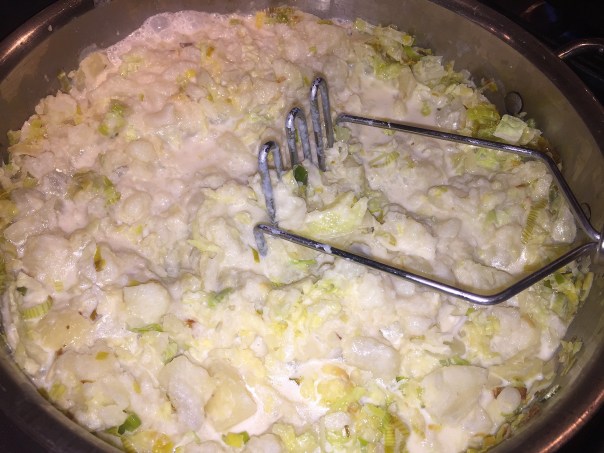

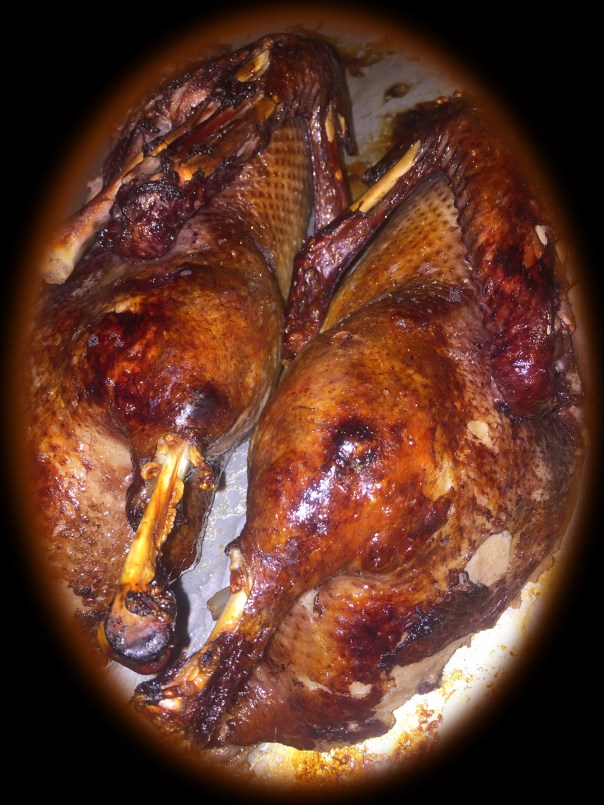


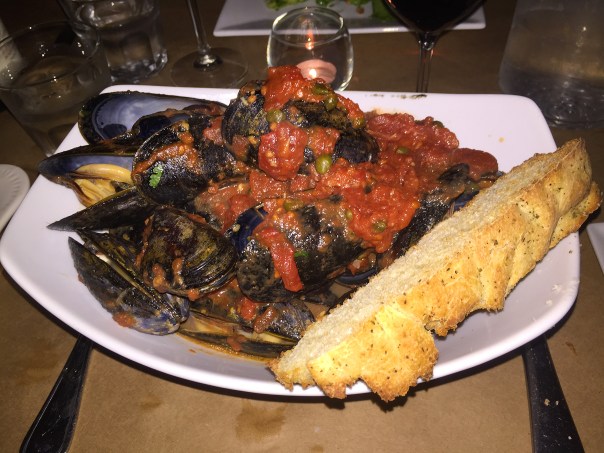







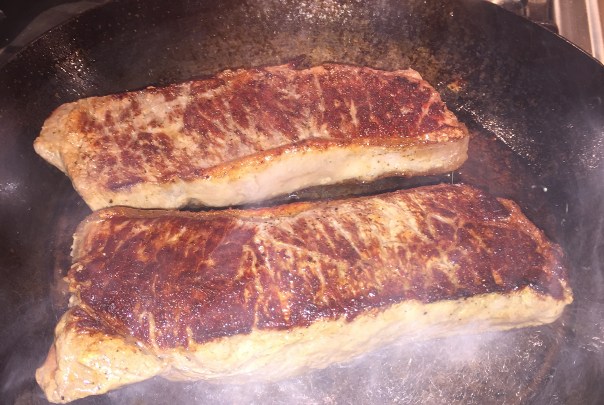

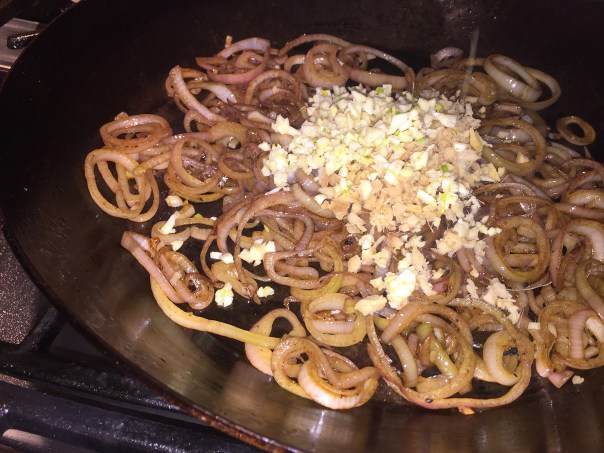

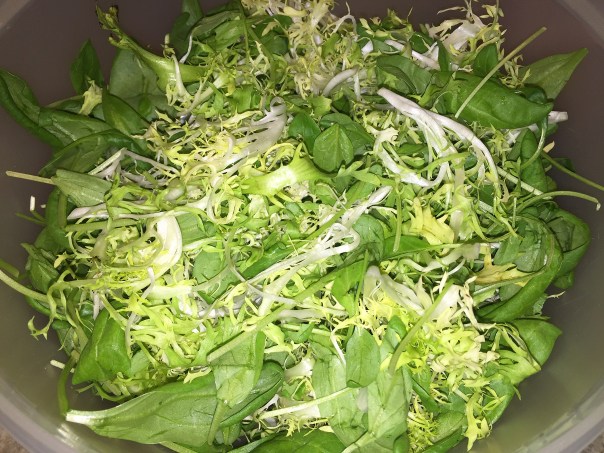

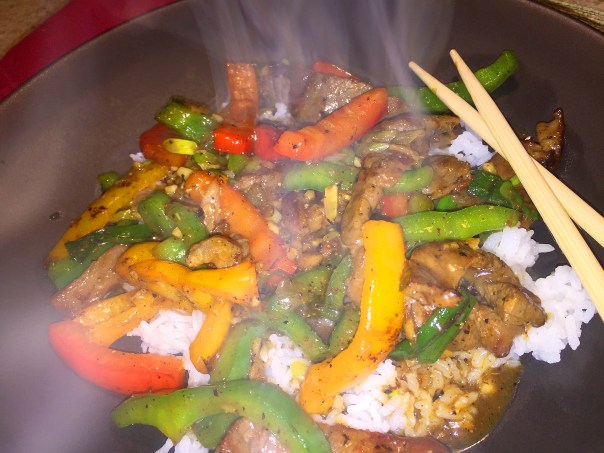

 Marinated beef strips sear briefly in a hot wok before stir-frying.
Marinated beef strips sear briefly in a hot wok before stir-frying.



